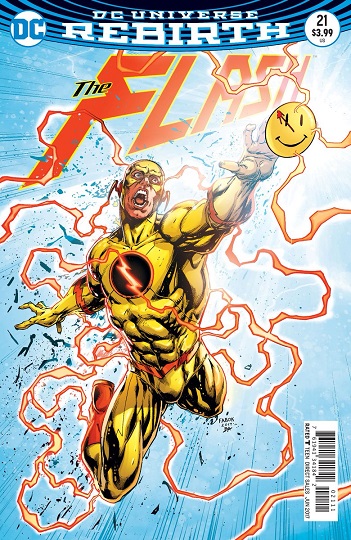 As we ease into convention season, the comics news starts to slow down so publishers have something to discuss in panels. You know, other than garbage news items about the dangers of trying to be funny in 140 characters or less.
As we ease into convention season, the comics news starts to slow down so publishers have something to discuss in panels. You know, other than garbage news items about the dangers of trying to be funny in 140 characters or less.
So we briefly discuss the next step in the million-mile march toward San Diego Comic-Con: hotel sales, which happened last Wednesday. We also talk about a superhero movie that we missed in 2016: X-Men: Apocalypse, which didn’t really interest us at the time – seeing Oscar Issac painted blue is only a gimme draw if you’re in his fraternity – but which really impressed us now that it’s on cable.
We also talk about some of this week’s books:
- The Flash #21, written by Joshua Williamson with art by Howard Porter,
- Action Comics #978, written by Dan Jurgens with art by Carlo Barberi,
- Ben Reilly: The Scarlet Spider #1, written by Peter David with art by Mark Bagley, and:
- Detective Comics #955, written by James Tynion IV with art by Marcio Takara!
What’s that? You want disclaimers?
- This show contains spoilers. While we try to give warnings ahead of time, if you don’t want to find out why Angel is a terrible character in X-Men: Apocalypse, I don’t know why you’re listening, since you’ve clearly never read a comic book before.
- This show contains adult, profane language, and is therefore not safe for work. During this episode, Amanda says, “Touch the fishy.” Your boss won’t want to know why. So get some headphones.
Podcast: Play in new window | Download (Duration: 1:14:41 — 61.1MB)
Subscribe: Apple Podcasts | Android | Google Play | Stitcher | TuneIn | RSS | More
Thanks for listening, suckers!

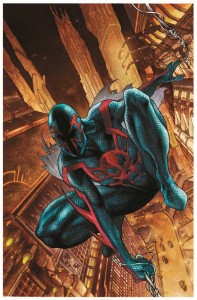
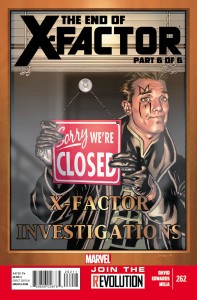


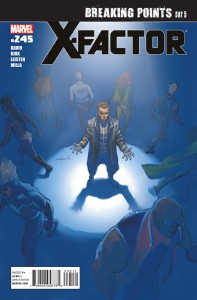
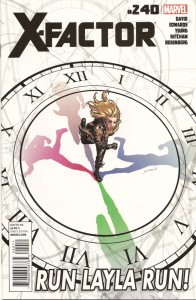

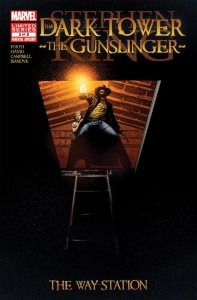
 Podcast RSS Feed
Podcast RSS Feed iTunes
iTunes Google Play
Google Play Stitcher
Stitcher TuneIn Radio
TuneIn Radio Android
Android Miro Media Player
Miro Media Player Comics Podcast Network
Comics Podcast Network